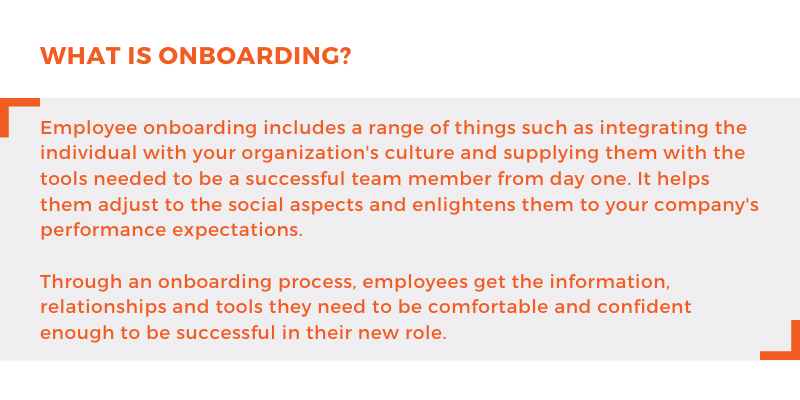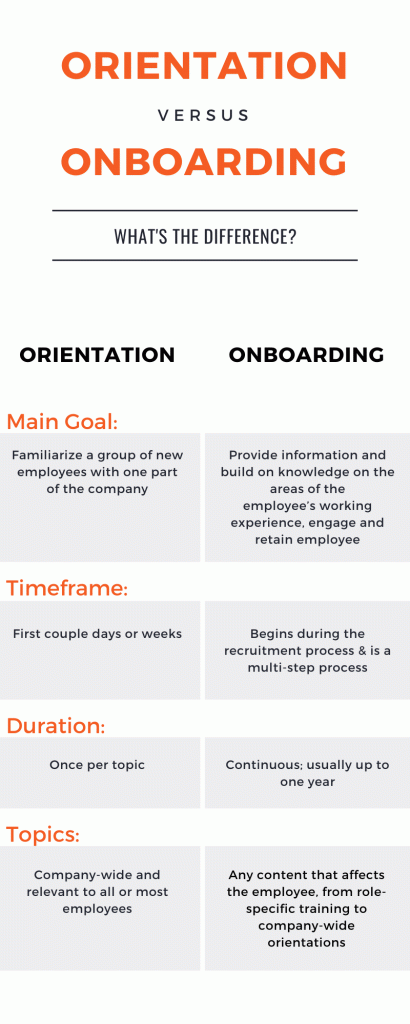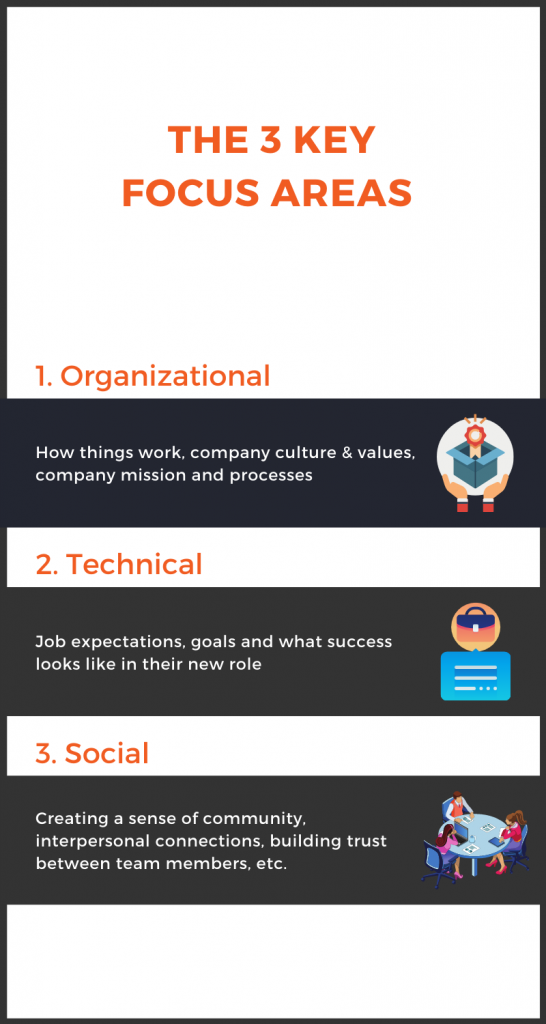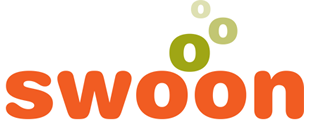When it comes to the onboarding process, what’s the first thing that comes to mind? Do you think of it as a hassle or a chore to do?
Well, you’re not alone.
Many times, the importance of a successful onboarding process is severely underestimated in organizations because it’s a lot of work to put together, or it’s unclear who should own the onboarding process.
However, a successful onboarding process should be taken seriously as it increases productivity, lowers turnover rates, increases employee engagement and helps get new hires up to speed quickly. When employees are engaged, “87% of them are less likely to leave their company. They are five times less likely to leave than those who are not engaged” (Inc.). A simple way to put this is that onboarding can essentially be the deciding factor in whether an employee stays or leaves your organization.

Why is a strong onboarding process important?
“A strong onboarding process can improve new hire retention by 82%” (Brandon Hall Group, 2015). By optimising your employee onboarding process, your new hires will start to feel valued within the organization and will also help you retain these new employees. A successful onboarding process can:
- Improve retention
- Increase productivity
- Boost business growth
What’s the difference between onboarding and orientation?

How to create a successful onboarding process
Honing in on what you want your onboarding process to look like will help you focus on a proper implementation plan.
Some examples of key questions you can ask yourself include:
- At what point does the process need to begin?
- When they leave after their first day, what impression do you want to have had on your new hires?
- What do they need to learn about your company culture?
- Are there specific goals for the new hires?
- Which of your existing employees will play a role in the onboarding process?
- How long should your onboarding process last?
- How will you track the onboarding process’s success and gain feedback?
Once you think through how you want your process to look, it’s time to think about the essential items that need to get accomplished before or during their first week. This can include:
- Getting all the necessary paperwork signed before their first day
- Sending them their benefits options to choose from in advance
- Having someone personally greet them at the front desk or entrance to show them around the office space – if the position isn’t remote
- Having them receive a personalised welcome note or message from their manager
- Making sure the new hire receives necessary equipment before the first day – if they’re in the office, make sure everything is set up and ready to go
- Provide training relevant to each new hire’s specific role and basic company training
- Match each new hire with a mentor in the company
- Schedule regular catchups over the first couple of months to track progress and monitor how they are adjusting to their new career
- Ask for their feedback on the onboarding process to see how you can improve it
The three key focus areas of the onboarding process
After thinking about how you want your onboarding process to look and what needs to go into the process, try breaking it down into three key focus areas, making it a little easier for your HR team to manage. These three focus areas are: organization, technical and social, but what goes into each of the categories? Well, let’s take a look!

Organizational onboarding process
Goal: Teach them how things work and help them adapt to organizational values and norms.
- Ensure paperwork is complete before their first day
- Create an employee profile on your HR software
- Grant access to email and other work tools they will require
- Prepare the new hire’s workstation if in the office or send all equipment to them before their first day to ensure they have the necessary equipment to start if they are remote.
- Organize essential training sessions
- Provide a schedule for their first day
- Provide any relevant reading materials such as company policies, culture guides, branding guides, etc.
Technical onboarding process
Goal: Define what success looks like in their new role and give your new hires clear and attainable goals to share realistic expectations.
- Outline job responsibilities
- Provide clear and achievable goals
- Run job-specific training sessions
- Schedule weekly check-ins and coaching sessions with their manager to monitor progress and answer questions
Social onboarding process
Goal: Help your new hires to build relationships with their team members to feel less isolated and more confident.
- Announce the new employee to the company and ask employees to connect with them on LinkedIn
- Assign them a mentor or have a buddy program in place
- Schedule meetings with key team members for introductions
The final step: Ask for feedback
One of the most important steps is asking the employees who go through your onboarding process for feedback. Your employee onboarding process isn’t set in stone and will continuously require updates to work best with your organization.
Some key questions you can ask include:
- What’s something we could have done differently during your first day? First week?
- Is the role what you expected it would be? What are some disparities?
- What do you wish was done differently during the onboarding process?
- Do you feel welcome and integrated into the company culture?
- What are some difficulties you are currently facing?
- Do you feel you’ve received adequate training with relevant software and tools? Is there something you would have liked more in-depth training on?
- Is there any additional feedback that you would like to share?
Conclusion
We know the employee onboarding process can sometimes feel like an overwhelming process. However, we believe with the above information and breaking up the process into manageable key areas, you can develop and optimise your plan to create and retain happy, productive employees.

